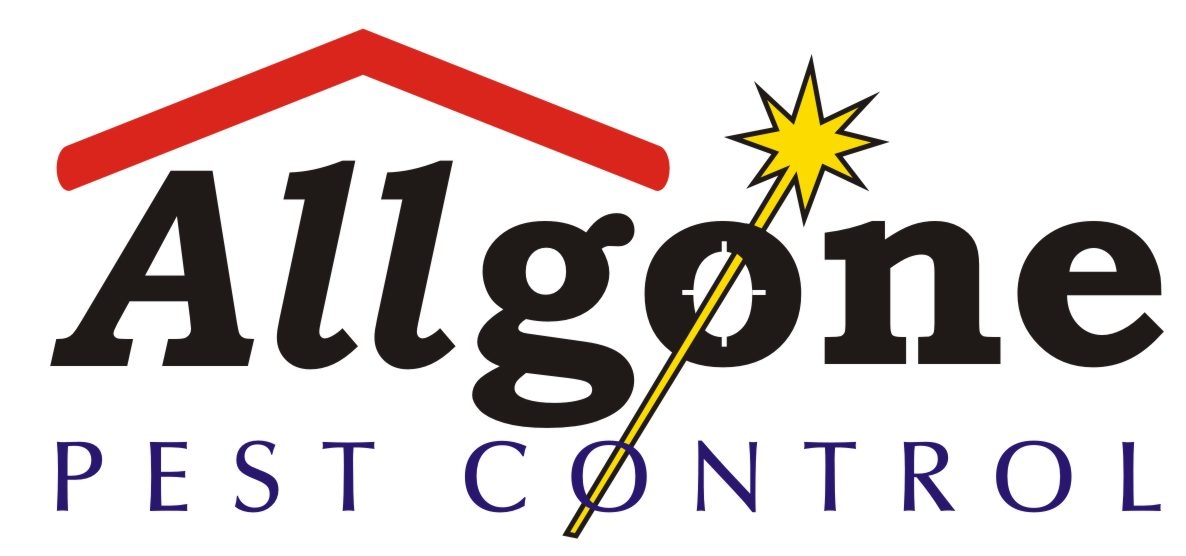Black House Spider
Structure, Appearance and Characteristics
- Body size (approx): Female 15-18mm, Male 8-10mm.
- Black or very dark in colour.
- Hairy.
- Have an indistinct feint patter of lighter hairs on the body and legs.
- Normally timid and retreats when approached.
- Web is very lacy and can appear funnel-shaped with one or more entrances.
- 1 generation per year.
Habitat
Commonly found in the corners of windows, doors eaves, under guttering and on brick walls.
Pest Status
Webs can be unsightly on structures. Can bite – however they are rare and usually occur when people attempt to move the webs without taking adequate precautions. The bite can cause sever pain, numbness, headache, giddiness, nausea, vomiting, sweating and muscular pain.
Huntsman Spider
Structure, Appearance and Characteristics
- Crawling / Hunting spider.
- Body size (approx): Female 35-40mm, Male 15-25mm.
- First two pairs of legs longer than hind two pairs.
- Ability to move sideways easily.
- Hairy and somewhat flattened.
- Eyes arranged in two rows of four.
- Male has larger palps than female.
- Mostly Non-aggressive. (Some species can be aggressive).
- Will avoid defending themselves, preferring to escape from danger than fight.
- Eggs are laid in a flattened circular sac located with the female under the bark or shelter.
- Spiderlings are cared for by female during early stages after hatching.
- 1 generation per year.
Habitat
Bark-dwelling, often found beneath loose bark of trees, suited to their flattened bodies. Emerge at night to hunt for food. Can enter homes during wet or unseasonal weather (especially at night when in search of food).
Pest Status
Can invade homes much to the horror of spider haters because of size and hairy appearance. Bites occur rarely and no known record of fatalities exist. Some species are know to inflict a painful bite that may result in local discolouration and swelling, dizziness, vomiting, lethargy, irregular pulse, persistent nausea, sweating and a welt at the bite site. In young children the effects can be more exaggerated. The possibility of bacterial infection should be considered when treating any bite. Insufficient information exists on the toxicity of these spiders to state whether they are entirely harmless. Should be considered as useful because it feeds on other insects.
Redback Spider
Structure, Appearance and Characteristics
- Webbing Spider.
- Body size (approx.): Female: 12-15mm, Male: 3-4mm.
- Large females may span the size of a 50 cent coin.
- Males are much smaller and are not normally seen.
- Long thin legs (especially the first pair), tapering at ends.
- Black in colour with red or orange stripe on dorsal (top) surface. Sometimes there is a patch of the same colour on the ventral (under) side of the abdomen in an hour-glass shape. Some females are fawn coloured.
- Large bulbous abdomen.
- Small cephalothorax.
- Non-aggressive. Tend to feign death when disturbed.
- Male colouring differs from female. (White abdomen with 4 black bars on either side).
- Early instars creamy-coloured with black dorsal spots on abdomen.
- Later instars creamy with brown to black stripes and faint dorsal orange or red streak and ventral hour-glass on abdomen.
- Normally 1 generation per year. Ideal conditions can produce several egg layings in a season.
- Up to 7 spherical cocoons (up to 10mm in diameter), containing approx. 50-200 eggs are produced in the retreat during late summer.
Habitat
More abundant in warm, dry areas. Occur under or amongst stones, logs, mallee roots, loose bark, in hollow logs, occasionally amongst foliage but always with some pare of the web in contact with the ground. Frequently around habitations in boxes, tins, farm machinery, sheds, outdoor toilets, around window sills and crevices in bricks. Web consists of a retreat funnel, and several tough strands to the 'snare', which is an irregular tangle having vertical threads in contact with the ground. The retreat may be over 3 metres from the snare in order to find a secluded area.
Pest Status
Female bites are very painful and can cause illness or death. The bite is often felt initially as a mild sting, although some victims have reported a burning sensation around the bite area. In most cases, intense local pain is experienced about five minutes after the bite. The main indication of a Redback Spider bite is localized seating at the bite site. Other symptoms can include muscular weakness, lack of coordination, paralysis and tremors. Nausea, vomiting, local swelling, dizziness or fainting, fever and muscular spasms have also been recorded Male does not bite. Webs can be unsightly on structures. Adults are considered the pest.
White tall Spider
Structure, Appearance and Characteristics
- Crawling / Hunting Spider.
- Cylindrical in shape.
- Body size (approx): Female 12-15mm, Male 5-8mm.
- Grey or black bodies with a white tip on the end and several pairs of white spots on the back.
- Legs are shiny and may span up to 50mm.
- 1 generation per year.
Habitat
Found across Australian mainland, Tasmania and New Zealand. Can be found under stones, under bark, leaf litter and on bark of trees. Frequently enter homes and can be found on walls at night.
Pest Status
Bite readily and repeatedly. Bite causes discolouration, redness, and blisters at the site of the bite, headaches, local burning, pain and itchiness. Bacterial infection and tissue necrosis are known side-effects of bite from this group of spiders.
